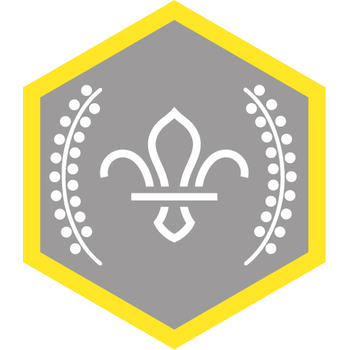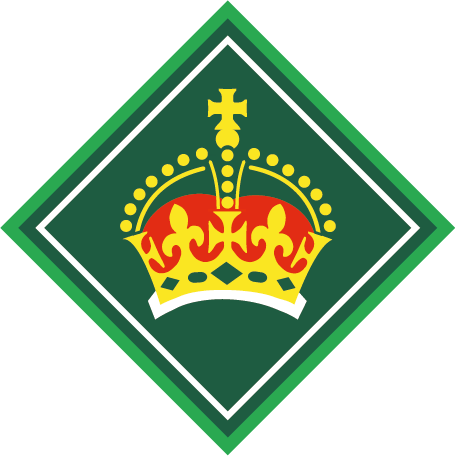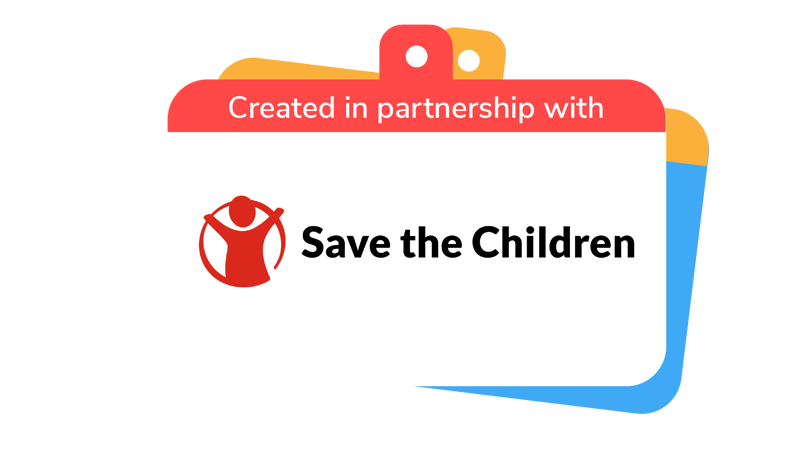
Community connections
You’ll need
- A4 paper
- Sticky tape
- Pens or pencils
- Scissors
- Drawing pins
- Sticky tack
- A copy of the Refugee response pack
- A ball of string
- A device for taking photographs
Before you begin
- The person leading the activity should tear or cut the paper into strips. Each strip should be a couple of inches wide. There should be enough that each member of the group will have a minimum of ten strips of paper each.
- The person leading the activity should use scissors to cut out the squares that identify the photographs of the famous people in appendix 1 of the ‘refugee response’ pack.
Run the activity
- The person leading the activity should show the group appendix 1 in the ‘refugee response’ pack. Everyone should try to name the famous people in the photographs. The person leading the activity should then show the group the squares that identify the photographs. The group should try to match each square to the correct photograph.
- Once the group have matched up the squares with the photographs, the person leading the activity should ask them to explain why each person is either a ‘refugee’ or a ‘migrant.’ Point out that it is not unusual for people to start off living in one place and end up somewhere else.
You may need to make clear the difference between refugees and migrants, as well as the reasons why people move. - Everyone should then stand in a small circle in the centre of the room. The person leading the activity should hand one person a ball of string and tell them to hold onto the end of the string. They should then prompt the group to think of some countries anywhere in the world that they have a connection to.
This connection can be a holiday destination they have visited, the home country of a friend or family member, somewhere they might be studying at school or a country whose food and culture they like. - The person leading the activity should tell the person holding the string to shout out the name of the country that they have a connection to and then throw the ball of string to another person in the circle, keeping hold of the end of the string as they do so. That person must then shout out their country connection and throw the string to the next person. This should continue until the string criss-crosses the inside of the circle several times, or until the group runs out of countries to shout out. Everyone should receive the ball of string at least once.
- When this has run its course, the person leading the activity should take the ball of string from the final person and shout out a country that they have a connection to. They should then prompt the group to look at the line(s) of string that they are holding and count how many times it crosses another line of string in the circle.
See if anyone in the group is surprised at the number of connections to other countries. - The person leading the activity should tell the group to place their line(s) of string on the ground, and they should put down the remains of the ball. This should be done carefully, to keep the criss-crossed shape of the string.
- The person leading the activity should hand out the strips of paper and pens or pencils. Each person should write on one strip of paper a country that they have a connection to and why this is (eg ‘USA - my uncle lives there’). Each strip of paper should be curled into a ring-shape around that person’s line or lines of string and the ends of the paper strip stuck together with sticky tape. Do this for each country and connection that person writes on their strips of paper.
- Once everyone has done this, the group can pick up their ends of the string again, with care. The person leading the activity should pick up the ball of string from where they left it. Everyone may need to lightly shake their line(s) of string to move the paper rings down the lines where they cross over.
- Now, everyone’s country connections should be hanging inside the circle. The person leading the activity should see if the number of connections has surprised anyone in the group again.
With permission, you could take a photograph of this as a record of how many international connections the group has. If this isn’t possible, you could cut the end of the string and use pins or sticky tack to hang the line of country connections on a wall or noticeboard in your meeting place for all to see.

This activity helps contribute towards some of the UN's Sustainable Development Goals. Find out more about the SDGs, and how Scouts across the world are getting involved.
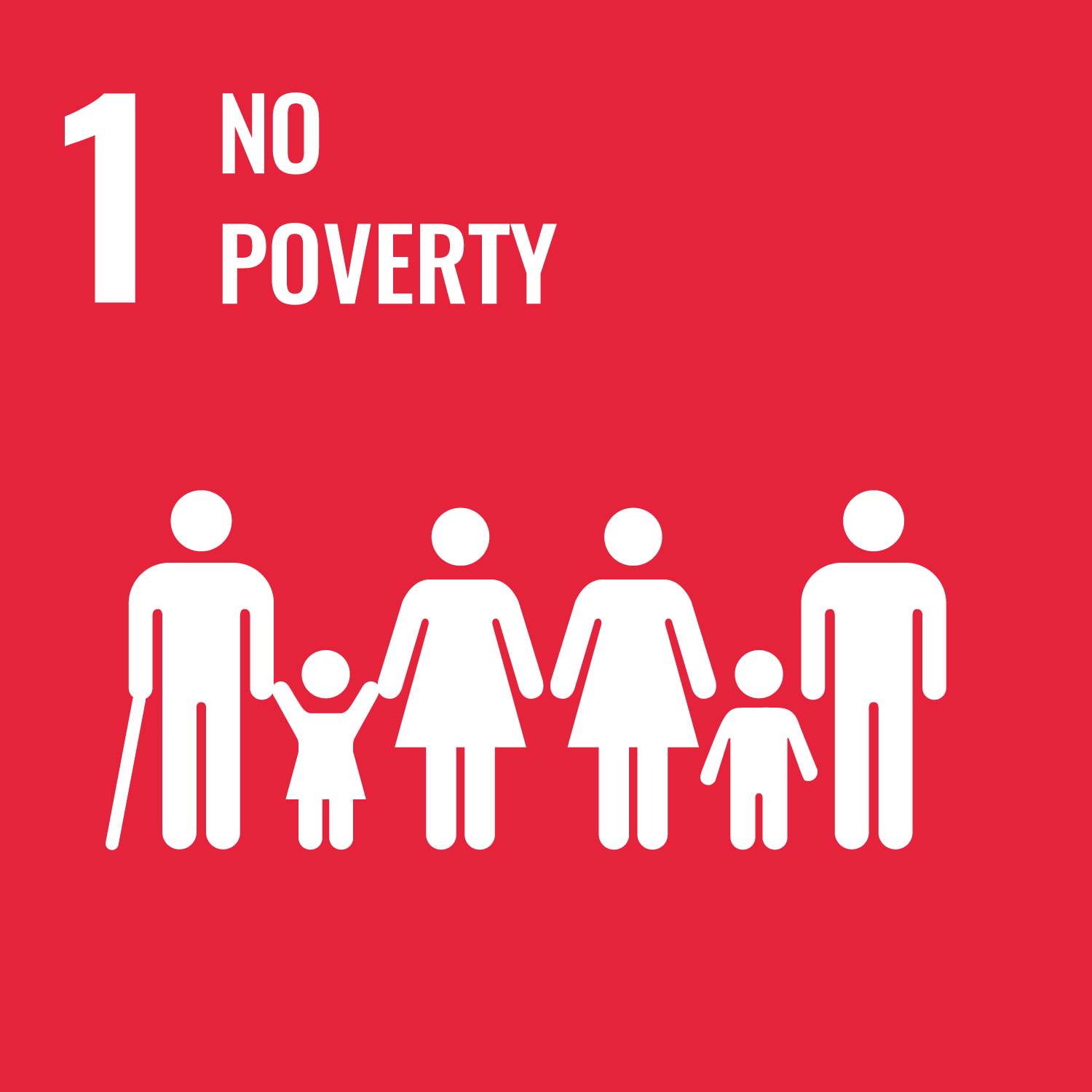
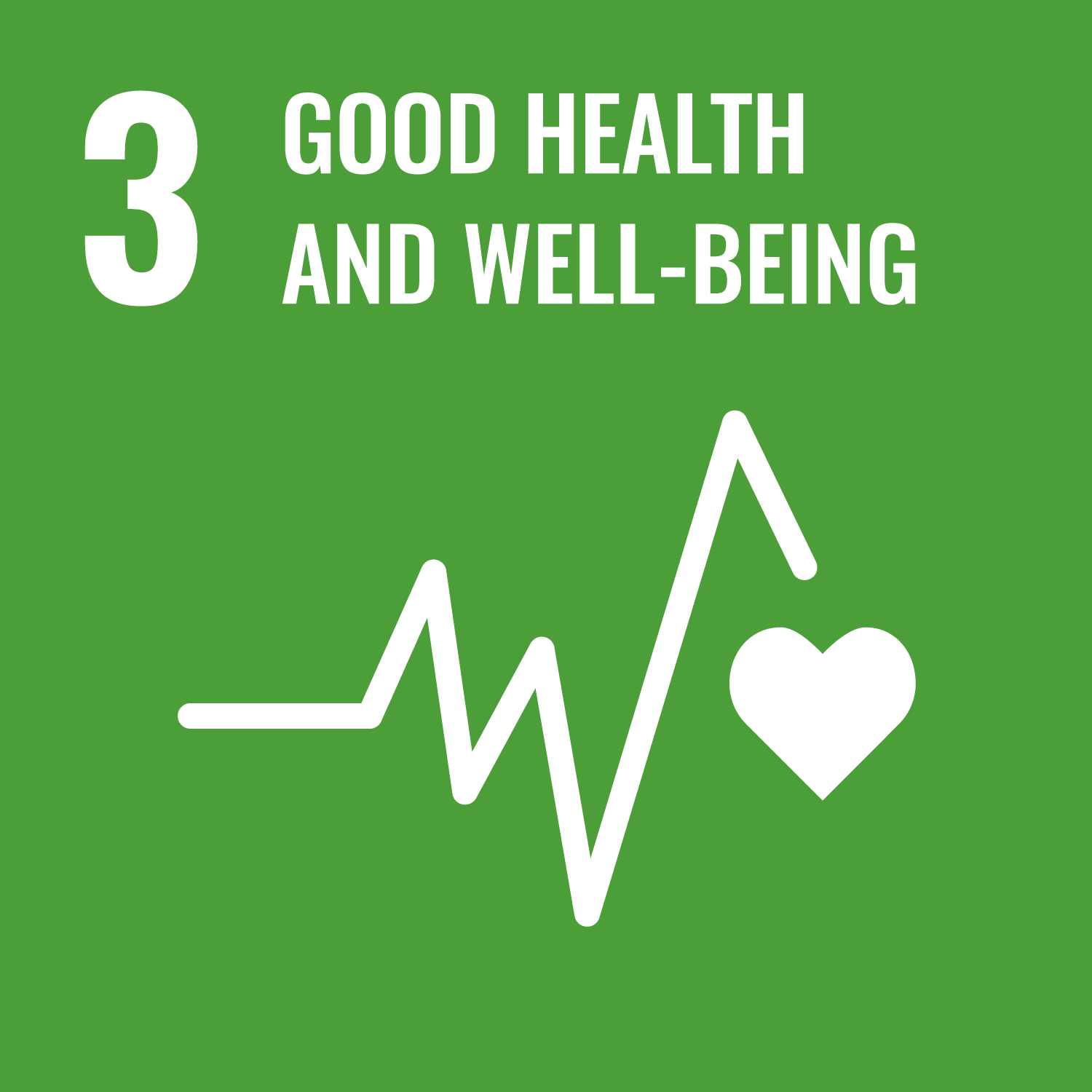
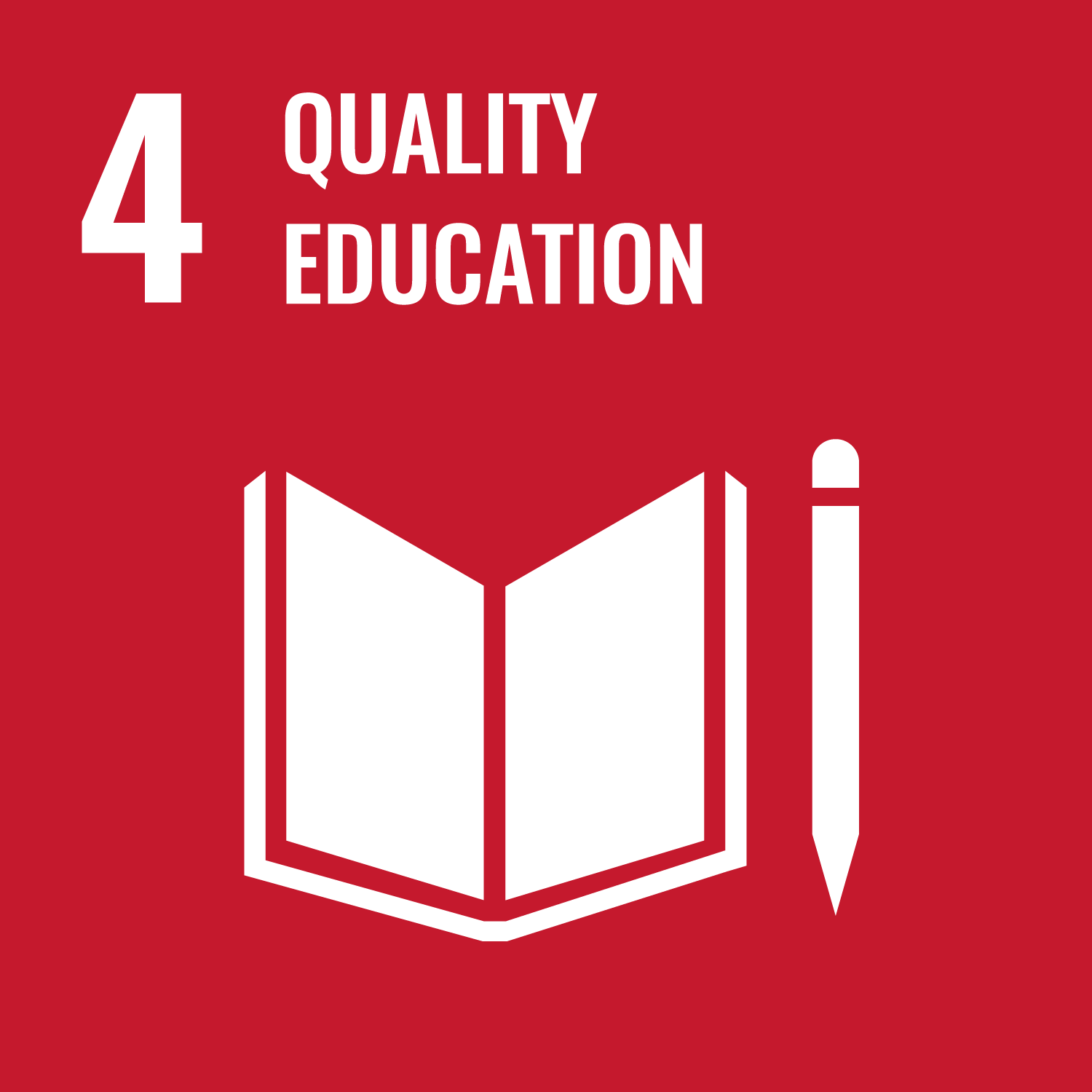

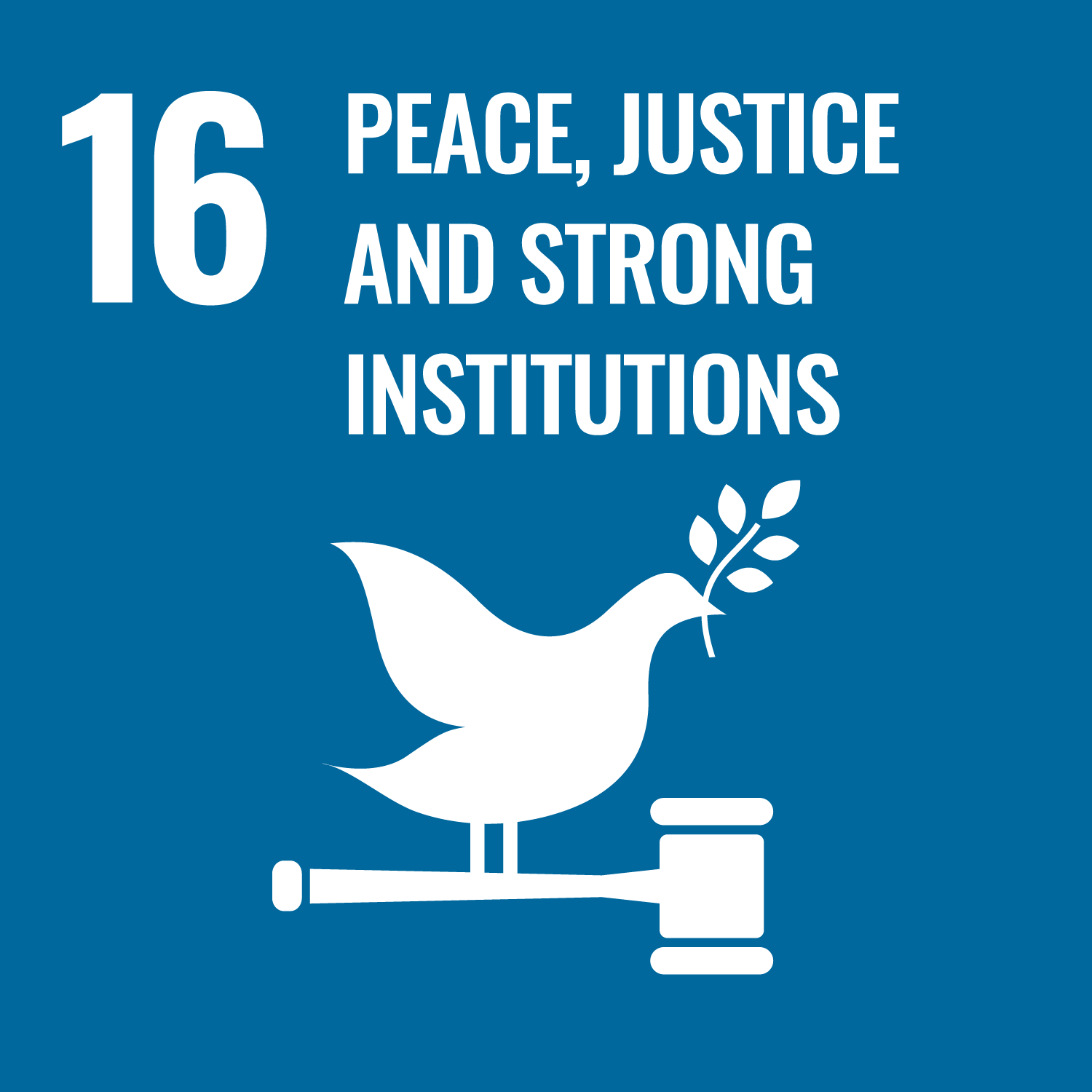
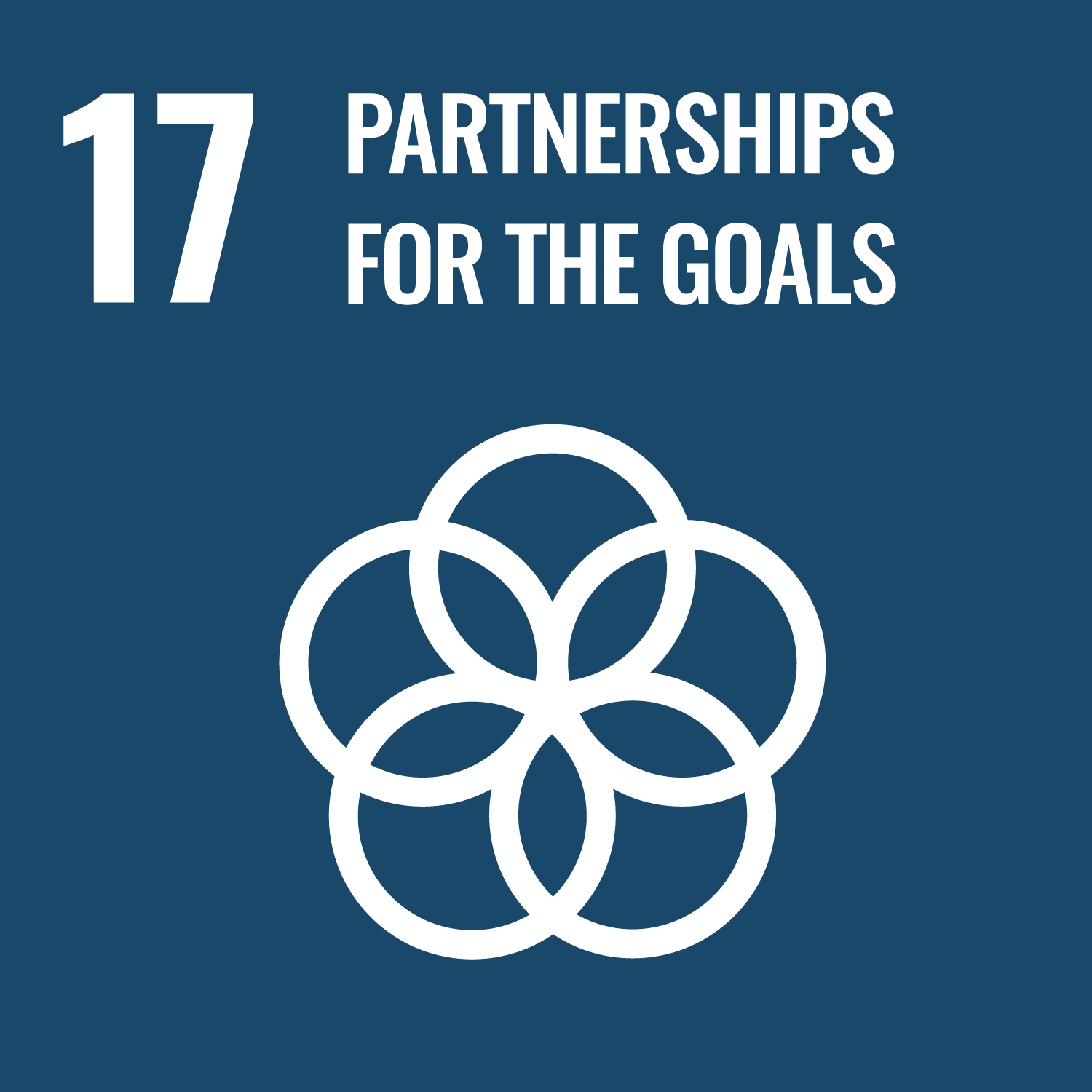
Reflection
The group has explored the connections they have to other countries. Did anyone learn something new about someone else in the group? Did anyone learn something new about one of the celebrities in the photographs that they saw earlier? Has anyone got a connection to one of the countries that the celebrities moved from/to?
Counting holidays, visits to extended family and general interest in other cultures should have generated a lot of connections to other countries. What does this tell us about our own culture? How should this reflect in our commitment to helping displaced children or refugees like Anne Frank and Rita Ora?
Safety
All activities must be safely managed. You must complete a thorough risk assessment and take appropriate steps to reduce risk. Use the safety checklist to help you plan and risk assess your activity. Always get approval for the activity, and have suitable supervision and an InTouch process.
- Scissors
Supervise young people appropriately when they’re using scissors. Store all sharp objects securely, out of the reach of young people.
- Sharp objects
Teach young people how to use sharp objects safely. Supervise them appropriately throughout. Store all sharp objects securely, out of the reach of young people.
- Active games
The game area should be free of hazards. Explain the rules of the game clearly and have a clear way to communicate that the game must stop when needed. Take a look at our guidance on running active games safely.
- Phones and cameras
Make sure parents and carers are aware and have given consent for photography.
Well-travelled members of the group could give more detail about their connection on their strips of paper, or a fun fact. Ambitious groups could try to sort their country connections into categories (e.g. ‘holiday destinations,’ ‘where my family is from,’ ‘places I want to live one day’) before displaying them.
Allow more simple connections (e.g. ‘liking the colour on the flag’) for people struggling to think of countries that they are connected to.
Assistance for anyone needing help with making the paper rings or holding the string.
All Scout activities should be inclusive and accessible.
The group should do more research of their own into one of the famous people from the photographs. Everyone could pick their favourite and share their findings at your next meeting.
Everyone could also ask their parents or other family about country connections that they may have forgotten about.
Discover more at https://www.savethechildren.org.uk/

